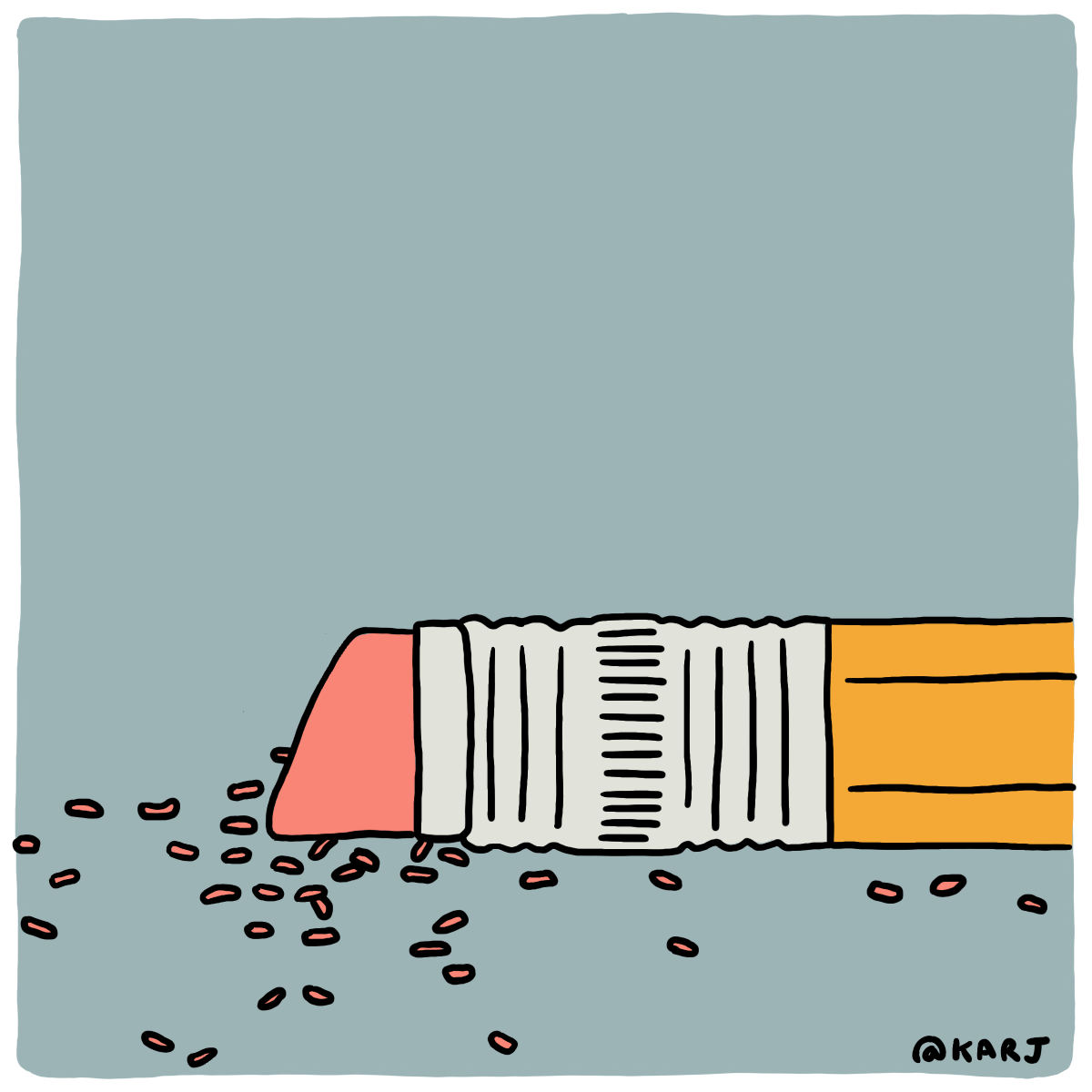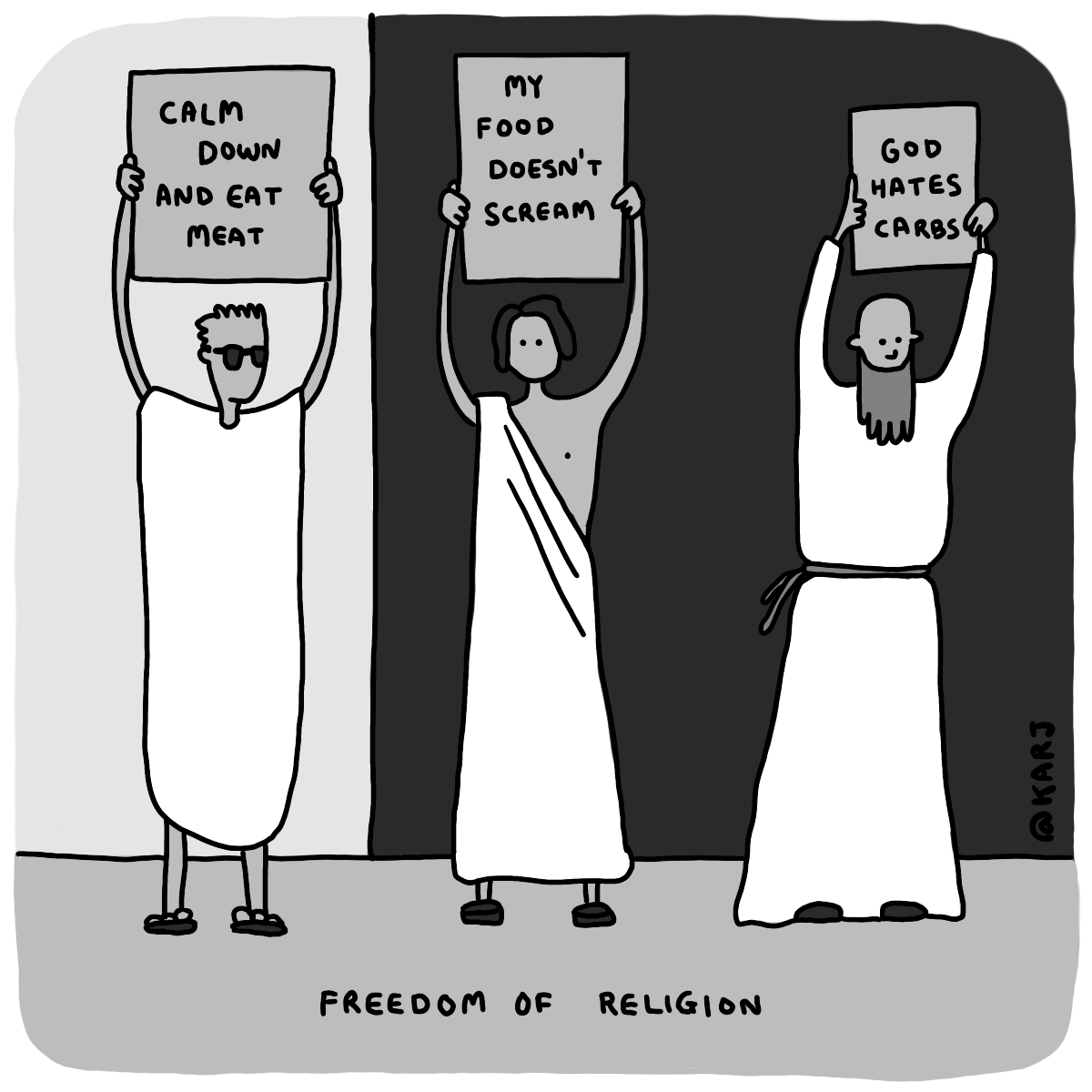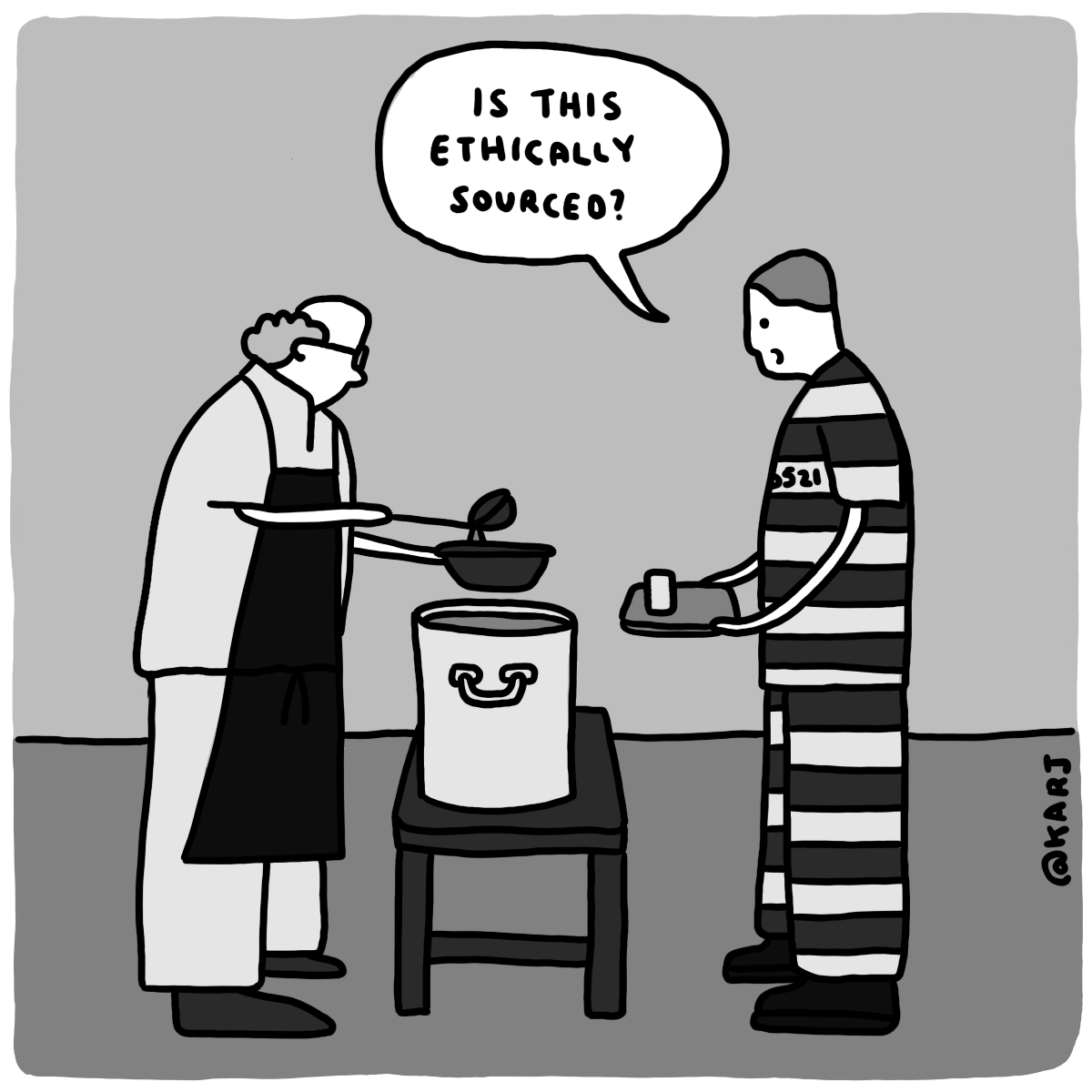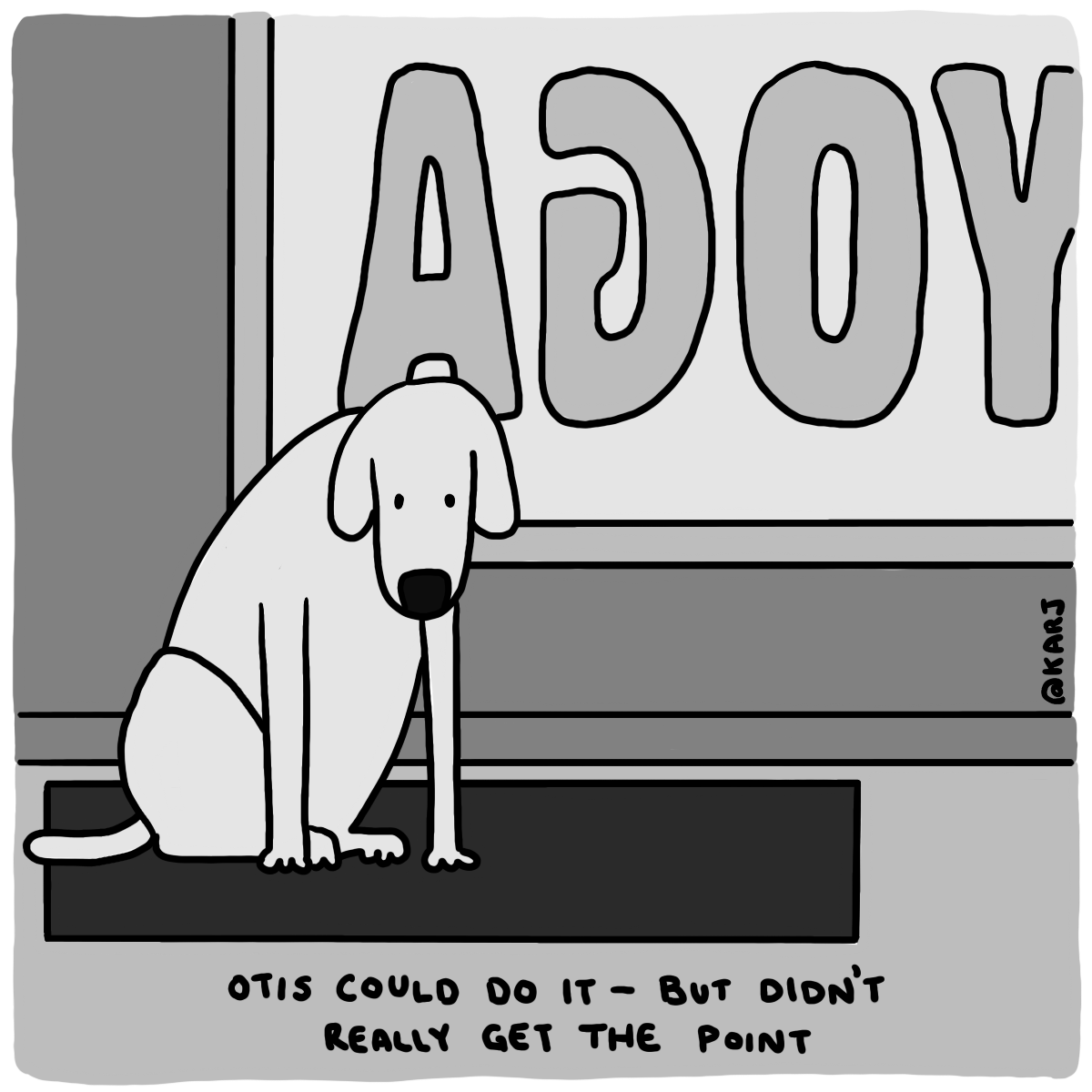I Lost One Pound for Every Year of My Life
TL;DR: I used metrics to kick-start a year of fasting. In turn, I achieved my lowest weight since high-school, and gained physical benefits I had long since written off as impossible.

Last year, I lost 46 pounds. This wasn’t difficult. It only required the right tools and consistent practice. I’ll tell you how I lost this weight. That said, I’m not a doctor. So, talk to one instead of following my lead.
At the start of 2019, I stood on the scale. I was two pounds from breaking 200. At a little less than 5’8″, this made me clinically obese. Lately, I was bumping into things with my gut. Plus, my cholesterol was somewhat elevated. This concerned me, and had for a while. I figured a heart attack was in the realm of possibility.
I didn’t know how to change. I ate pretty well, but hadn’t had any lasting success with weight loss. I found exercise hard to fit in. And, after a long day of work, I wanted to treat myself to rest on the couch, salty snacks, and a drink or two.
One small change
I started by collecting daily metrics in a spreadsheet. I tracked several data points. These included weight, calories, food quality, exercise, alcohol, and so on.
I didn’t plan to change anything immediately. I only committed to documenting my metrics every morning. I didn’t realize it at the time, but this decision was game-changing. By documenting these numbers, I paid them more attention. This led me to understand them—and look for ways to affect them.
Over the year, I changed how and what I tracked. But, not a day went by that I didn’t update that spreadsheet. (I’ll share more about my approach to metrics in a future post.)
I found my thermostat
In February I watched Michael Mosley’s Eat, Fast and Live Longer, in which he investigated fasting. The idea seemed ludicrous, but I wondered if it might work for me. So, I gave it a spin.
My first day of fasting was tough but manageable. That was, until 8:00 PM. At that point in the evening I lose my mind—and would even gnaw on a 2×4. But, I pushed through, and awoke with the sense that of accomplishment. That morning’s breakfast tasted better than any in recent memory. (When I eat less frequently, I appreciate food more.)
Sometimes I felt cold while fasting. Sometimes my mouth tasted bad (almost like a yucky minty flavor). Both of these sensations subsided over time.
I soon added another “day” of fasting. I start my fasts at around 11:00 PM, and avoid most food for the next day. I have a double espresso in the morning, one in the afternoon, and a glass of kombucha in the evening. This adds up to ~50 calories. I end my fast the next day at 8:00 AM. So, most of my fast days last ~33 hours.
The morning after a fast day, my weight drops by 3 – 4 pounds. Some of this is water weight, so I go up by the same amount, the next day. This is how weight loss seems to work: Lose a few, gain a few. But, over time my weight loss follows a downward trend. I lost approximately .25 pounds a day—until my weight leveled out in the 155 – 160 pound range.
At the beginning, I quickly realized that I needed to average my weight over a week. That way I wouldn’t pay inordinate attention to a single day’s measurement. This led me to look upon the averaged number as my true weight. Doing so made the process less erratic seeming, and reminded me of my trajectory.

Why fasting works for me
I’m an all-or-nothing kind of person. This is why I never tried cocaine. I know that I would do all the cocaine. I’m the same way with pizza, Doritos, and red wine. My brain says: “If one is good; more is better.”
Dieting required me to make lots of decisions. Which food is better? Do I deserve a treat? What if I go for a run after? Fasting is far simpler: Do nothing. This involves less cognitive load and fewer mental negotiations. I like that.
Additionally, I find the idea of losing pleasurable things demoralizing. The beauty of fasting is that one day of mild discomfort (which isn’t all that bad) allows me to treat myself the next day. This tricks me into a virtuous cycle: because once I see a new low number on the scale, I don’t want to lose that either.
When I don’t fast I get bloated. This leads me to rethink eating. I figure I should mostly not eat—and only fuel when necessary. This might be a mistake, but I can’t deny how much cleaner my body feels when I take this approach.
It wasn’t long before I moved to alternate day fasting. I found this easier, as it created a sort of rhythm that I quickly grew accustomed to. I followed this pattern for much of the year. By the end of 2019 I had fasted a total of 109 days.
…and then there’s the sauce
Salt and alcohol go hand-in-hand for me. You can keep your cookies and cakes. I’ll take a bag of chips and glass of red wine. Unfortunately, my alcohol consumption was too high. I’d often drink two glasses of red, followed by a glass or two of scotch. (I liked this, because the red wine was like dessert, and the scotch was like dessert’s dessert.)
I started to wonder if I had a mild drinking problem, as not drinking in the evening was such a drag. This led me to take a proper break from alcohol. The first few days felt incomplete. So, I substituted kombucha for red wine. This gave me a beverage to sip on while watching TV. It did the trick, and within a week I didn’t miss the wine any longer.
I avoided alcohol outright for a 104 day streak. Since then I added it back sparingly. I’m pretty convinced that avoiding alcohol altogether is a good idea. When I skip booze, I feel even. I’m starting to value that evenness more than the familiar buzz that a few drinks brings.
The road to CRON
Calorie counting is fascinating. I didn’t realize the nature of what I was eating, until I added this practice. For example: a yam is 160 calories, whereas a small bag of Doritos is 420. The latter is delicious, but that’s a shit-ton of energy. Same goes for wraps. Each one of those contains 180 calories—and I can devour one in less than a minute. Conversely, a whole bowl (2 cups) of kimchi is only 90 calories.
I track calories in MyFitnessPal, and try to document intake immediately after a meal. That way I don’t forget anything. (I even track items as insignificant seeming as breath mints.) If I know what I’m going to eat, in advance, I track these items before dining. This all gets a bit tedious, which makes fasting days nicer—as I get to avoid all the data entry.

Calorie counting isn’t fun, but it’s informative. I understand food better than ever before. Moreover, I’m learning to treat food more like fuel than entertainment. Sure, I still eat unhealthy food—but I do so less than ever. Also, I’ve learned that healthy meals are more satiating than less nutritional ones.
I often make a big salad for lunch. These are huge, which means that I get to chew a lot. I cover them in sriracha so they have kick. I also add in nuts to give me dense matter to bite into. In spite of filling a small serving bowl, these tend to come to around 600 calories—and leave me plenty full.
I’ve watched some videos about CRON, which stands for Caloric Restriction, Optimal Nutrition. The results of this approach seem promising, and I’m slowly working toward implementing it.
Let’s get physical
I didn’t realize how pokey I was until I lost some weight. Turns out that what I blamed on age was mostly a consequence of the added weight I was carrying. As I dropped weight running got way easier. On a good day, it feels like I’m floating out there. (This might sound like bullshit, but I swear it’s the truth.)
I didn’t commit to fitness as fully as I wanted to, last year. That said, I had some good progress. Along the way, I bribed myself with some toys. I reason that anything that encourages physical activity is an investment in myself. (I argue that such purchases are smarter than life insurance, as I want to live, more than I want a payout for my family.)
I bought a Garmin to track activity and I wear it at all times. This improved my metrics, and gave me more data points including steps, sleep, VO2 max, and so on. I bought a weight vest, but didn’t use it. I upgraded my mountain bike, and love how much it improved my ride! I also bought new nordic skis, as my old ones were now too stiff for me.
I ran, hiked, and biked throughout the year. I also took swim lessons and conquered my life-long fear of diving. (I still don’t dive from heights, but it’s a start.) My activity was somewhat derailed when our dog knocked me over, while I was jumping over a creek. This led me to drop sideways on my ankle from about two feet. I either twisted, or broke, my ankle and it swelled like a balloon.
By mid-fall I was running again. One Saturday I decided to go a little farther. For the first stretch it was great. At 30 km it got a smidge uncomfortable. My last 5 devolved into a run/walk. But, I ran 50 km that day and was proud of myself. Oh yeah, I fasted that day, too. (And I felt fine.)
One change I hadn’t expected was to my center of gravity. By losing so much weight from my mid-section, my balance improved. I’m braver on downhill skis, and feel way more in control on steep nordic hills (especially now that my skate skis are shorter).
Plus, I can roll when thrown to the ground. I’ve taken a few tumbles on my mountain bike, and seem to pop right back up. My body seems more agile now that I’m less top-heavy.

In the lab
Within three months of starting to fast, my blood work had improved. My triglycerides were a third of what they were previously. My cholesterol risk ratio dropped from 5.78 (a little above average) to 3.66 (~half the average risk). My white blood cell count was a little low, which isn’t uncommon with fasting. It was back within normal range by my next blood test.
My VO2 max increased from 42 to 50 (which seems good for my age). I collect this data with my Garmin, so, it might not be super-accurate. That said, it provides a general sign of progress.
This past fall, I gave away a lot of my old clothes. I kept my large t-shirts for comfy pyjama tops. I now wear size small t’s for the first time since high school. My size 34 shorts no longer stayed on my waist, so I bought 30s. I also poked four new holes in my belt. (It now wraps half way around my hip.)
On October 5th I weighed in at 152 pounds. I later realized this was 46 pounds—and it happened just shy of my 46th birthday. Nice!
What comes next
I put on some weight during December. This was due to a family trip to Mexico (hello churros!) followed by the holiday season. I like having times when I can relax about food, but soon find myself wanting to feel less bloated. As such, I’ve dropped most of that weight over the past month.
2020 was the first year I contemplated setting a New Year’s resolution. This time, it would represent a continuation of work, instead of a fresh start. I didn’t end up making a resolution, though. Instead, I retooled my metrics to work better, and noted some loose goals.
I’d like to drop another 23 pounds this year. Doing so would put me at 135 pounds. This seems like an optimal weight for long-distance running. From there, I’d like to attempt an ultramarathon. That said, I question how healthy those events are.
I now begin every day with push ups and sit ups. I started low, with 10 of each on January 1st. Since then, I’ve added 1 almost every day. Tomorrow, I’ll do 46 of each. I’m curious to see how far I can go with these. I follow this ritual with 5 minutes of stretching. Even this brief session provides benefits.
I’d like to add some lean muscle mass, so, I’ll start going to the gym soon. I’m also working to eat more plants and cut most refined sugar out of my diet.
A couple of extra notes
I’m grateful for fasting. No other tool has changed my life as wholly. It gave me control of my body. It almost feels like it’s a knob I can turn to dial my weight to whatever setting I’d like. It also taught me that hunger is often psychological. I often ate not because I needed fuel, but because I enjoyed the sensation.
Over the past year, I visited the Progresspics subreddit every day or two. On it, people like you and me share their stories and progress pictures (go figure). For a long time, I felt like I was alone in my weight struggles. That forum lent a lot of encouragement. It also made me feel like I was part of a community of sorts.
I’m @karj and the above is just my opinion. Looking for more? Here’s a full list of articles and information on my books. This is what I’m doing now, and what I don’t do. I’d love it if you tried Emetti on your website!